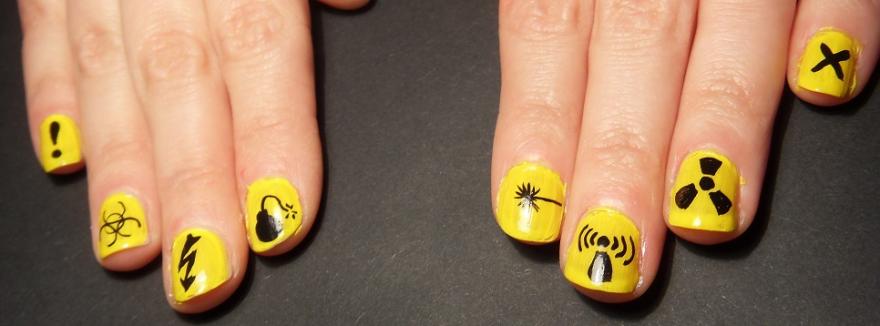Determining drug and/or alcohol abuse is usually done through hair testing, but many circumstances render this approach impossible: baldness, religious grounds, or reluctant participants are all potential issues. Sometimes, collection agents even arrive only to find the person under suspicion completely shaved from head to toe.
Thus, courts often struggle with a distinct lack of evidence.
So what are the other options? The answer is in your hands. Quite literally. Nail testing is a highly accurate and less problematic way of testing for drugs and alcohol and its introduction is sure to be of great benefit to the justice system.
David Nicholson, Managing Director of DNA Legal, comments: “We see this as a significant move forward in the testing market and it provides an answer when no hair is available, perhaps for medical or religious reasons.”
How does it work?
Hair and nails are both formed by keratin, the fibrous protein that also traps drug and alcohol biomarkers. Therefore, both forms of testing can be used to detect the same thing. In fact, due to nail keratin being 4x thicker, nails will often capture more accurate results than hair.
One of the flaws that many fail to acknowledge in hair testing, is that if a client chemically treats their hair, results will be skewed by the biomarkers being washed away a problem which doesn’t occur in nail testing.
Biomarkers are detectable one week after drug or alcohol use and, as the nail grows in thickness and length, a full history of use can be determined with biomarkers building up along the nail bed.
A 2-3mm clipping from each fingernail will form the perfect sample, and provide three to six months’ worth of history. Alternatively, if fingernails are too short, toenails can be used instead, but the two should not be mixed in the same test as they grow at different speeds and time frames alter accordingly.
Research
A number of Leading Toxicology Laboratories recently conducted studies, one study was aimed to show the effectiveness of nail testing when looking for THCA, which is found in dried cannabis.
The report concluded that: “[a] fingernail is a suitable alternative to hair for the detection of THCA. Additionally, our data suggested that fingernail clippings may be the preferred specimen type. The observed concentrations of THCA in fingernail clippings were over four times greater than the observed concentrations in matched head hair specimens making detection more likely.
“The use of fingernail as a specimen type for THCA analysis provides the substance abuse professional with one additional tool to detect marijuana use in a number of settings such as workplace, court-ordered, prenatal care and substance abuse treatment monitoring.”
DNA Legal is pleased to announce that Nail Testing will soon be available through our expert laboratory. This groundbreaking service offers an alternative for cases where hair testing is not an option, and it is sure to be of interest to both legal professionals and their clients alike.
As you can imagine, we’re very excited to soon be offering this service, so watch this space to learn more. Feel free to ask any questions in the comments section, or get in touch if you’d like more information.

